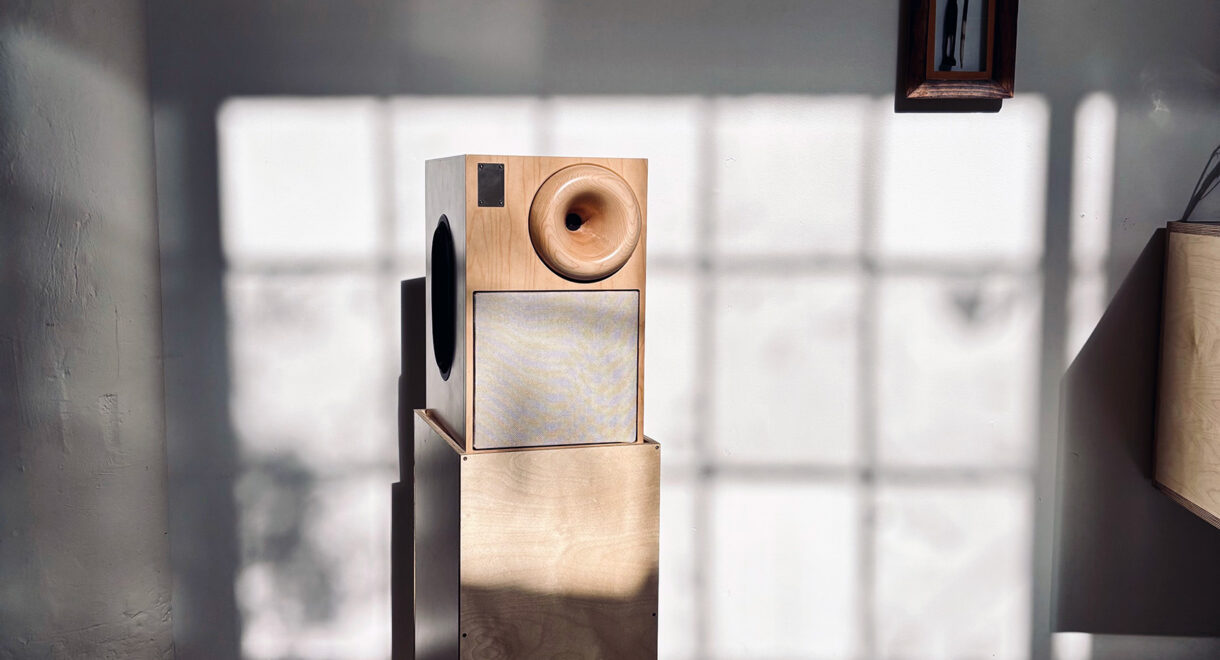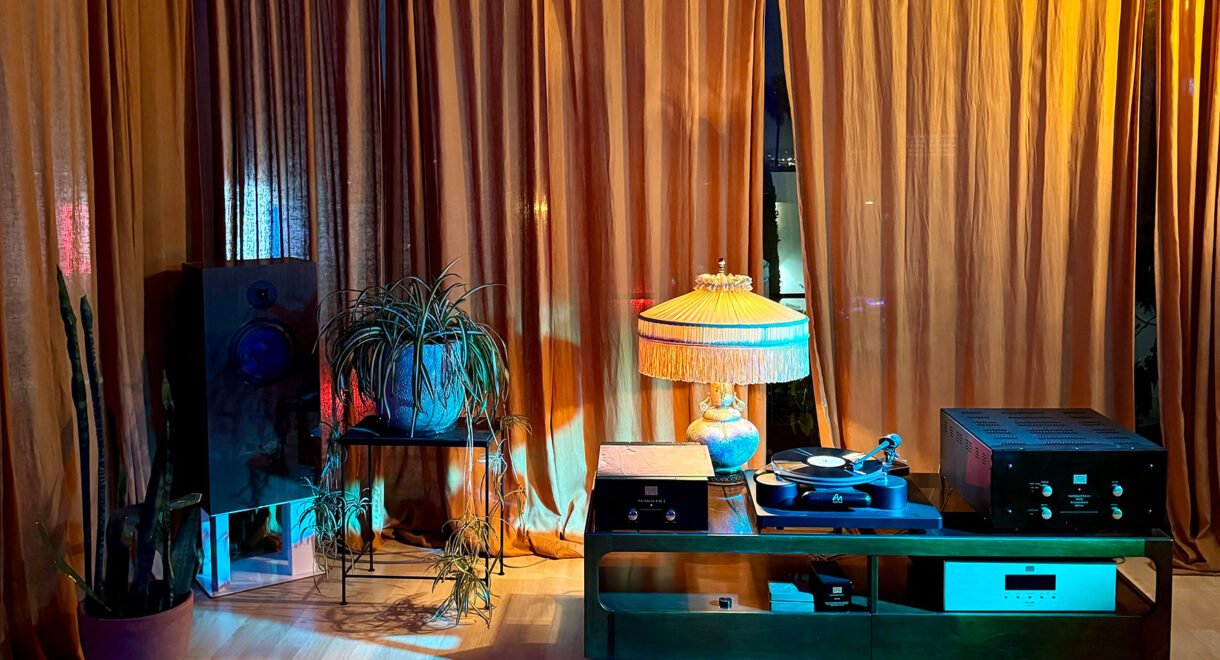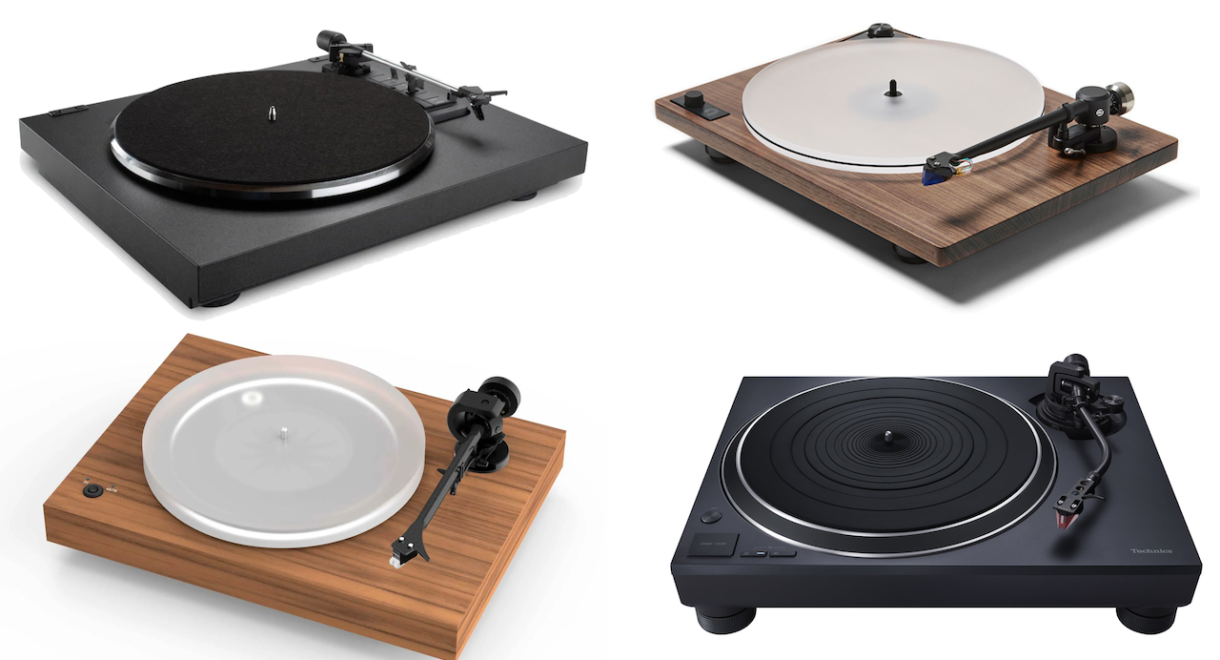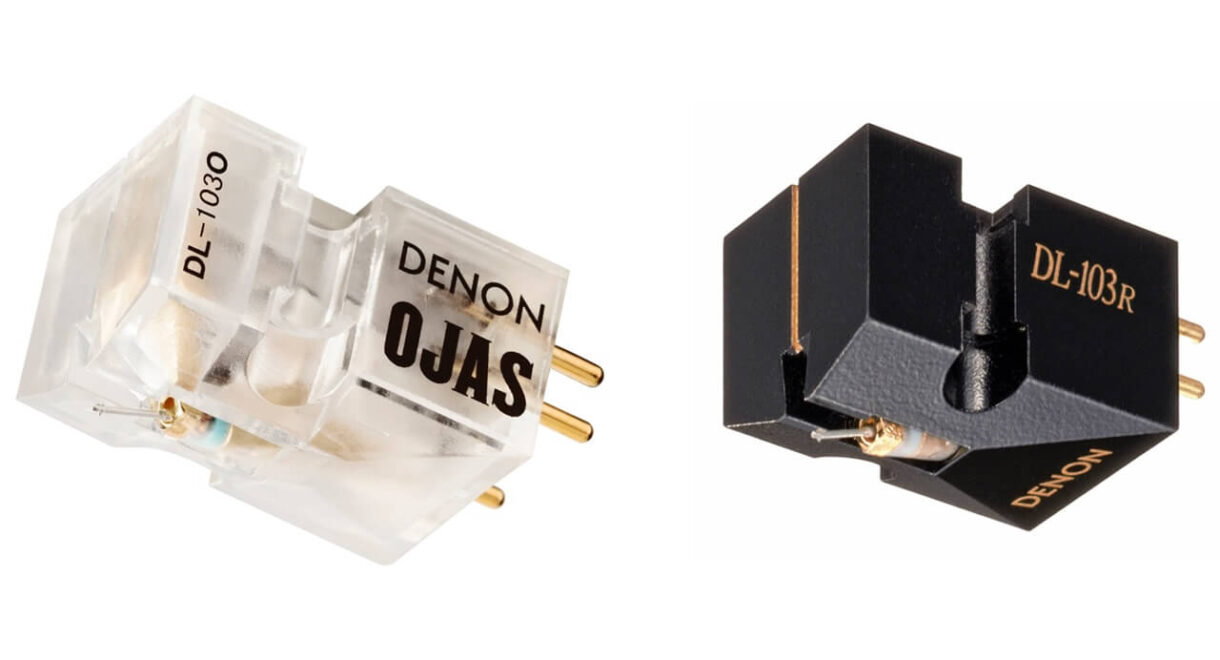Transparent clarity, deep bass, and “Invisible Sound” from German audio company ADS. Background: One of the lesser known hi-fi brands of the ’70s, ADS (Analog and Digital Systems) […]
Empire Troubador 598 Turntable: Exit to Vintage Street

Ecoustics’ Eric Pye shares his experience with a stunning direct drive turntable.
Back in 2021, I wrote about what attracts me to Vintage Audio. I discussed several factors, like style, craftsmanship and environmental friendliness. I ended by highlighting the intangible value of a piece’s story.
Sometimes the story is about the item itself (who owned it, how it came to the seller, what it was used for in the past) and others it’s more about the manufacturer and model (innovations, where it fits in a brand’s history).
For example, my Sansui AU-555 was given to my brother in the early ‘80s by his boss at his part-time furniture re-finishing job. After sitting in his basement for decades, it came to me 5 years ago, and the hand-me-down tale adds to the special feelings I have for it.
My KEF Calinda speakers were some of the first ever speakers to feature cabinet and driver placement designed on computers; speaker technology has moved on since 1976, but knowledge of that innovation enhances these speakers’ value in my mind.

Two weeks ago I purchased a new (to me) vintage turntable, and this one also involves stories, both of seller and buyer.
In early 2019, as I was just getting back into vinyl, my Instagram friend Kevin (@mistachen) shot me a message about a turntable for sale that he thought would be a good step up for me. An Empire Troubador 598 (forget which model). C$450. Beautiful. The photos don’t even do this remarkable turntable justice.
Having just gotten my first turntable a few months before, and not knowing too much about what was what, I hardly even knew what I was looking at. Old for sure, and sexy, and shiny-champagne-gold. Intimidating. Too much turntable for my system of the time. I dithered. It sold. I didn’t think too much of it.

I’d like to think my turntable knowledge has improved since then. Just a bit. Over the intervening 30 months, every now and then an Empire would pop up on my Instagram feed or in a Facebook audio group and I’d drool. Still sexy. Not so intimidating anymore. Less overkill for my evolving system. I’d flash back to the one I passed on and think, “What if?”
I follow quite a few vintage audio sellers and restorers on Instagram. I get amazingly satisfying, vicarious pleasure from watching restoration projects progress and unfold, and then seeing the end-result pieces available for sale or integrated into working systems.

Sometimes pieces show up fully fledged, with no restoration story. That’s fine; I can still admire, drool and covet. About a month ago, a post popped up on Instagram from @woostervintageaudio in Ohio featuring an exquisite Empire 598 Troubadour III for sale.
Beautiful, but not a realistic purchase for me as I prefer to buy local, particularly when it comes to turntables (I see too many unboxing posts of destroyed equipment, poorly packaged by the seller or poorly handled by the courier, and don’t want to take chances either way).
Figuring someone would be interested, I shared the Empire post in my IG story. Not sure if it drew any traffic for Wooster, but a few hours later I got a personal message from Dan (@iloveyoucoffeeshop), a local Instagram connection, saying his uncle was looking to sell an Empire and asking if I’d be interested.
A few days and messages back and forth later, I got an email with photos from his uncle, Sam, and a couple of days after that I popped over for an up-close look.

A few years ago, Sam took care of a house and dog for a friend for several weeks and was given the Empire (and some other equipment) in lieu of cash payment. That became part of his sizzling audio set-up for the next few years.
Then recently his son downsized from house to apartment, couldn’t accommodate a full-sized audio system, and passed it on to him. Now Sam’s living area was overrun with audio equipment, and the Empire was assigned to the surplus-to-requirements list.
Everything seemed fine with the player, barring what sounded like a minor suspension issue and a couple of blemishes to the champagne gold finish on the platter (a common issue I understand, and not surprising with a 50 year-old piece). The price was more than reasonable, and into the back of my car it went.

So what’s so special about the Empire 598 then, besides its retro-magic looks?
The early ‘70s brochure states: “The turntable was designed to far exceed professional standards of performance… Long life and trouble-free operation are guaranteed… by an ingenious turntable design that involves only two moving parts, a powerful hysteresis synchronous motor and a heavy aluminium turntable platter individually balanced to the peak of perfection. Finally, the handsome and functional looks will enhance any room. This is the world’s most perfect record playback system. With cast aluminium platter, fitted with the Empire 990 Tonearm.”

I can’t really argue with that. The 598 Troubador was introduced in 1970 and stayed in production until 1976. Some will argue that its predecessor, the 498, was better, but there aren’t many of those around and the 598 is the one you see most often. The 698 that followed coincided with a change of ownership (and decline in Empire’s fortunes) and was rife with performance issues.
There were multiple iterations of the belt-driven 598 (you’ll see Mark I, II and III). It’s not 100% clear what the differences are and in some cases it seems parts and specifications are somewhat interchangeable.
There’s a good thread on AudioKarma about the history of Empire and their turntables.

The one now in my basement is the two-speed (33.33 and 45 rpm) Mark II, with a 12″ cast aluminium, two-piece platter (the drive portion is 7 lbs and 3 inches thick; once in motion, it acts as a massive flywheel which helps maintain accurate speed).
It features a dynamically balanced hysteresis synchronous motor, micro-honed oilite main bearings, pneumatic suspension, and Empire’s own 990 tonearm.
All of this goodness is mounted on a heavy wood plinth with impressive wood-and-glass flip-up cover. Ideally there’d be an Empire cartridge installed, but the Pickering VX-15 it came with sounds very nice.

The suspension issue noted at purchase (the platter rubbed on the top plate on one side) was easily repaired by adjusting the three wingnuts that attach the platter mechanism to the plinth on the underside. That taken care of, the table operates almost flawlessly. Speed is incredibly accurate, wow and flutter almost non-existent, and sound is superb, with no perceptible rumble, hum or other background noise.

If I have one gripe, it is with the auto-lift function at the end of a record, which is finicky. The mechanism is magnetic and engages via a metal piece protruding from the pivot end of the tonearm.
As the record ends and the stylus enters the lead out grooves, the protrusion gets closer to the magnetic arm lifter, which lifts and pulls the arm up and over at the same time.
With most records the arm lift works fine, but those with a narrow lead-out groove are a problem as the lift mechanism engages before the music is over, with a loud, jarring sound that gives an unsatisfying ending to the final track.
My initial solution to this issue was to use one of my other turntables for records with less than a centimeter of lead-out, but I then learned that the auto-lift can be disengaged by tilting the lift column, making the table fully manual.
Not perfect, but a reasonable workaround. At least I’m not forced to choose which turntable I’ll use based on how nightmarish my end-of-record experience will be.

Minor gripes aside, this Empire Troubadour is absolutely a keeper. It’s not surprising that Empire turntables, back in the early ‘70s, were considered “top tier” along with Rek-O-Kut, Thorens and Acoustic Research, and used as transcription players by radio stations across North America. I’m honoured to own one of these beauties, and love having another piece of music history in my listening room.

And that’s the story of the Empire. If you’d like to see more, hop onto my Instagram at @audioloveyyc for a lot of pictures of the 598 and what I’m spinning on it. I’ll leave you there, and hopefully this lead-out is smoother than some of my early Empire 598 record spins.
This article originally appeared at ecoustics.com and has been published here with permission.
In Sheep’s Clothing is powered by its patrons. Become a supporter today and get access to exclusive playlists, events, merch, and vinyl via our Patreon page. Thank you for your continued support.










